Amazing Panama
Sightseeing in the capital of Panama and the rest of the country
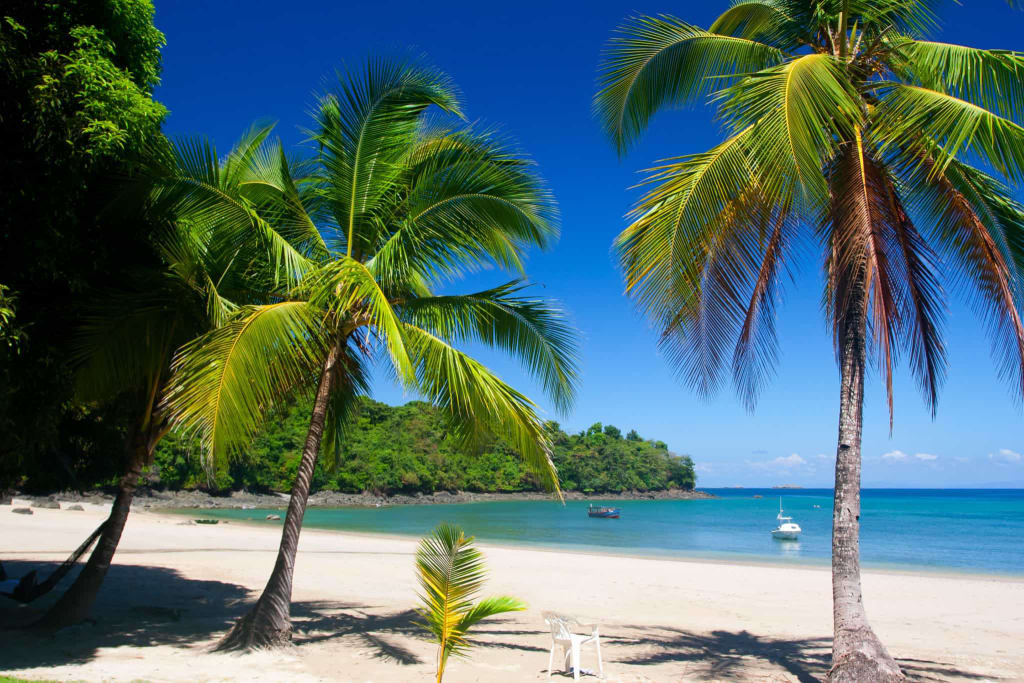
Panama is the country on the isthmus that links Central and South America. The Panama Canal is an amazing feat of human engineering and links the Atlantic and Pacific Oceans.
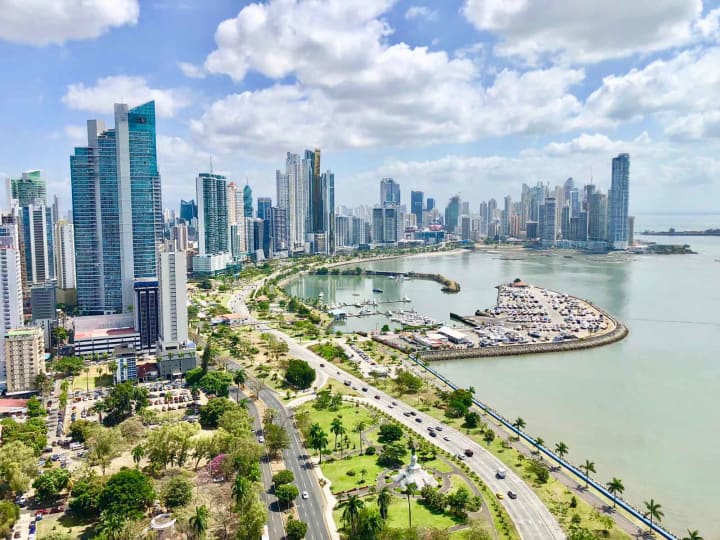
Panama City is the capital of Panama. It is a modern city that has been framed by the Pacific Ocean and the Panama Canal.
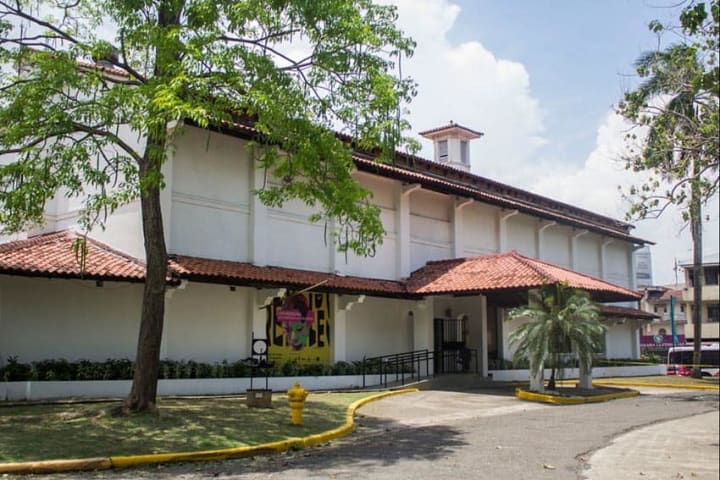
Museo de Arte Contemporaneo is a privately owned museum featuring a great collection of Panamanian art. You can see artwork by Latin American artists and at times a temporary exhibition featuring a foreign or national artist.
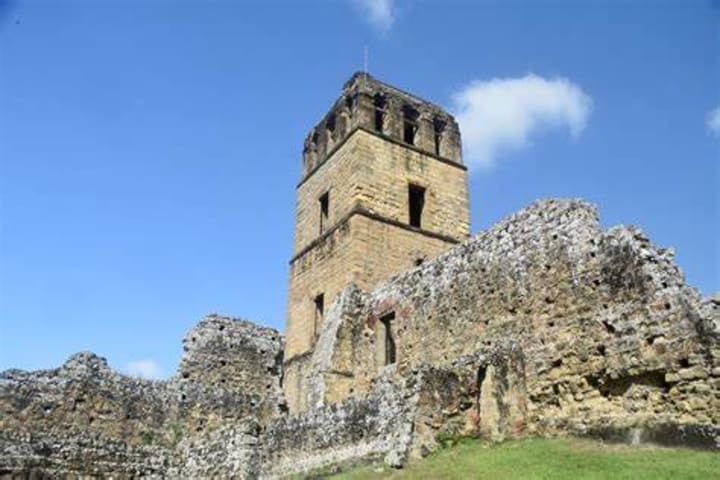
Panama Viejo was founded on August 15, 1519, by Spanish conquistador Pedro Arias de Avila. It was the first European settlement along the Pacific. It flourished for 150 years until Captain Henry Morgan sacked the city. Today much of the old city lies buried under a poor residential neighborhood but the ruins are worth seeing.

The Puente del Matadero or Bridge of the Slaughterhouse. Is a restored stone bridge.
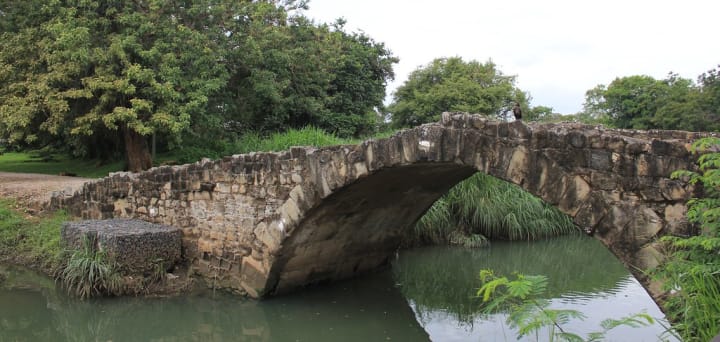
A more significant bridge is the Puente del Rey built in 1627 and has become a landmark. It well could be the oldest standing bridge in the Americas.
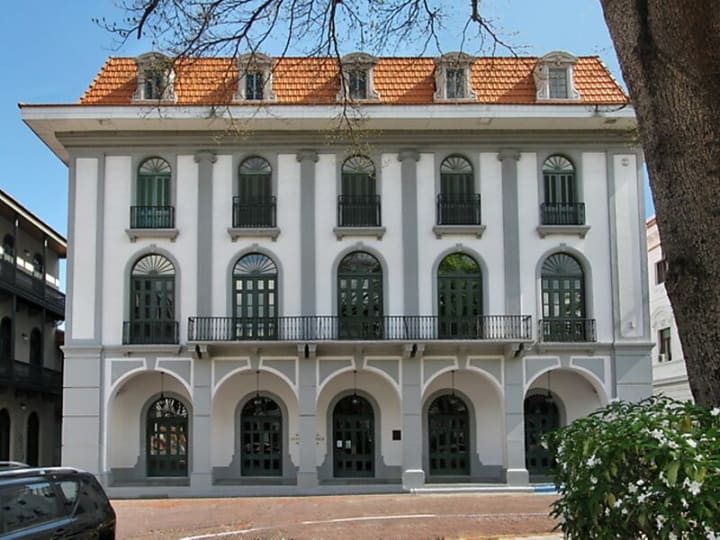
Museo del Canal Interoceanico has found its home in a building that once served as the headquarters for the original French canal company. It is more commonly referred to as The Panama Canal Museum and offers impressive exhibits on the famous waterway. The signs are in Spanish but English-speaking guides and audio tours are available.
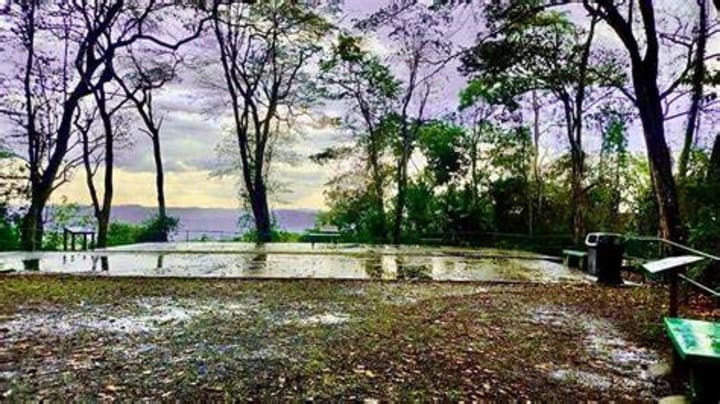
Parque Natural Metropolitano is a lovely park that sits on a hill north of downtown. It has vast expanses of tropical semi-deciduous forest. It is a great way to escape from the city. There are two main walking trails, the Nature Trail and the Titi Monkey Trail and they join to form one long loop. On the loop, a 150m high lookout offers fantastic views of Panama City, the bay, and the canal. Mammals you’ll encounter in the park include titi monkeys, anteaters, sloths, and white-tailed deer. Among reptiles are iguanas, turtles, and tortoises. Over 250 bird species make their home here. In the Rio Curundu that runs along the eastern side of the park are fish and shrimp.
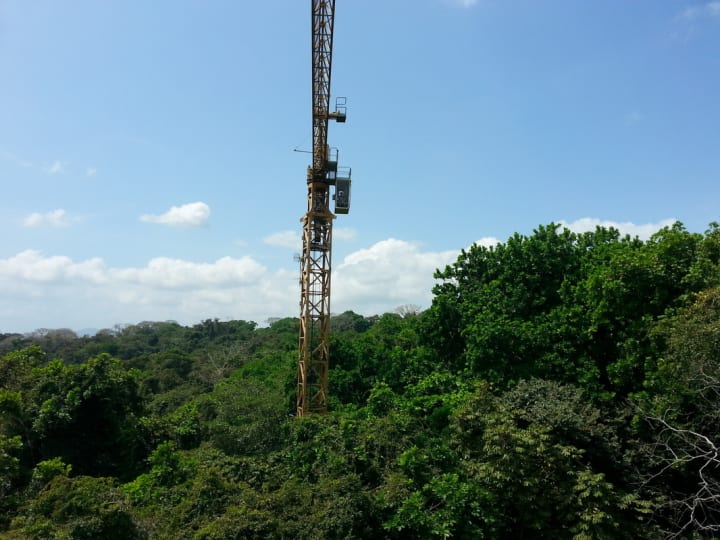
A crane was set up in the park by an international team of scientists from the Smithsonian Tropical Research Institute or STRI to study the forest canopy, which is home to a complete ecosystem 30m to 50m above the ground. Now visitors can go up on the crane to get a completely different view of the rainforest.
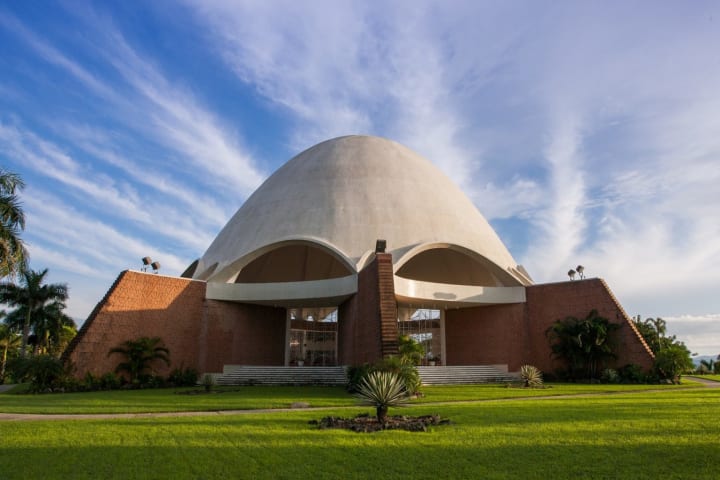
The white-domed Baha’i House of Worship is the mother temple for all of Latin America. It sits on the crest of a hill on the northeastern outskirts of the city, looking like a giant egg. On Sunday mornings readings from the Baha’i writings are held in both English and Spanish.
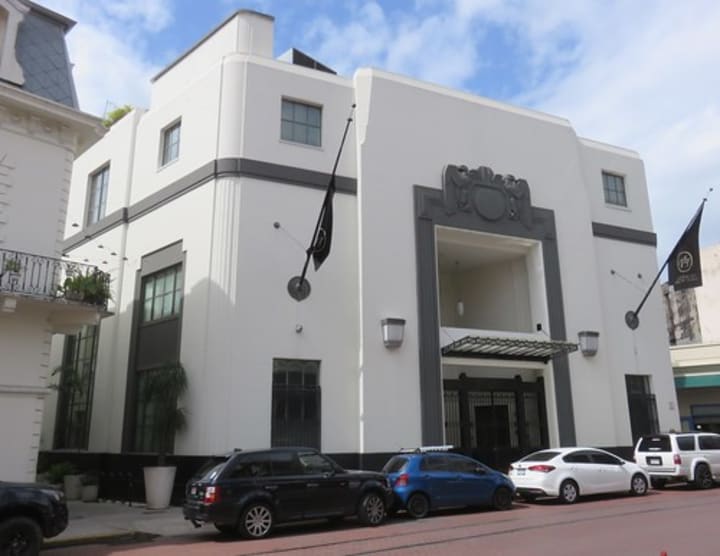
American Trade Hall was once the headquarters of the First National City Bank of New York and was the place where much of the financing of the Panama Canal came from. Today it offers cultural events. Visitors admire the Art Deco architecture.
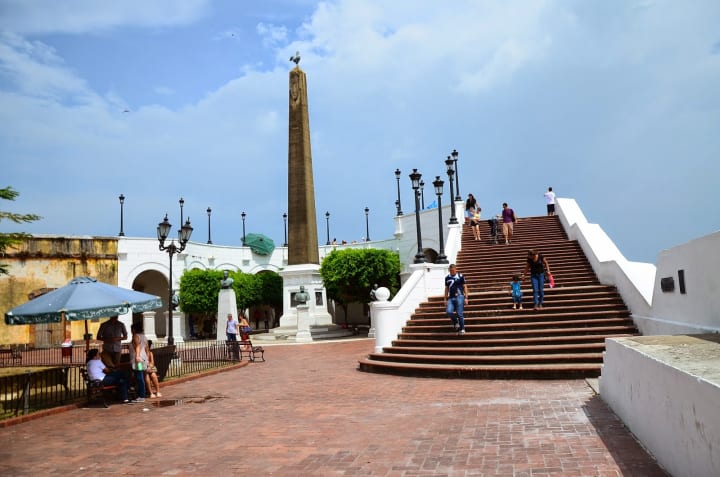
Plaza de Francia is a lovely plaza that pays homage to the French role in the construction of the canal. Its large stone tablets and statues are dedicated to the memory of the 22,000 workers who died trying to build the canal.
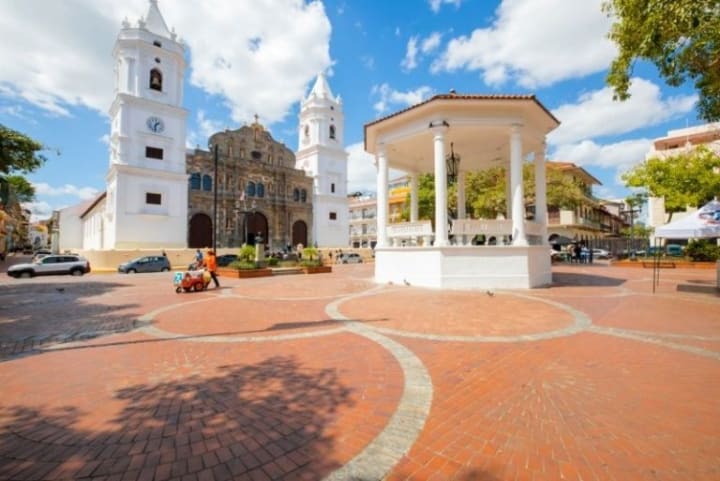
Plaza de la Independencia is the place where Panama declared its independence from Columbia on November 3, 1903.
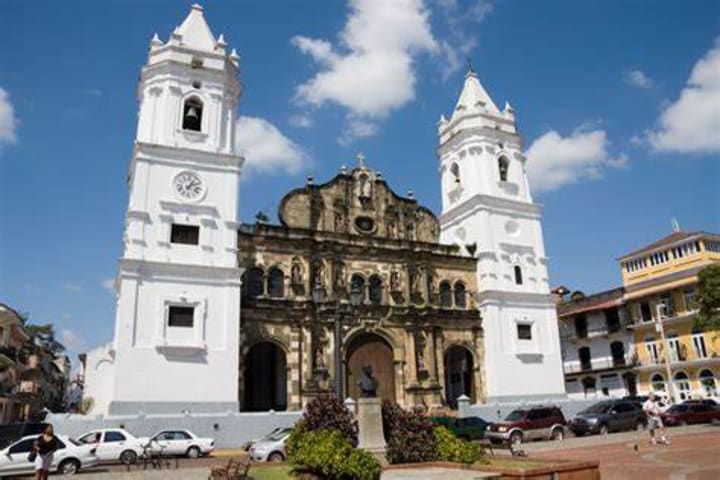
Cathedral Metropolitana is the headquarters of the Panama Archdiocese.
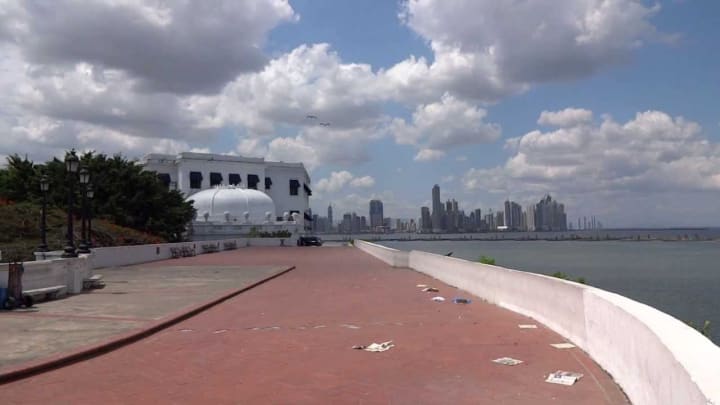
Paseo las Bovedas is an esplanade that runs along the top of the sea wall that was built by the Spanish to protect the city. From here you can see the Puente de las Americas that arches over the waterway and the ships lining up to enter the canals.

The Palacio de las Garzas got its name from the great white herons that live here. On the upper floor is the residence of the President of Panama.
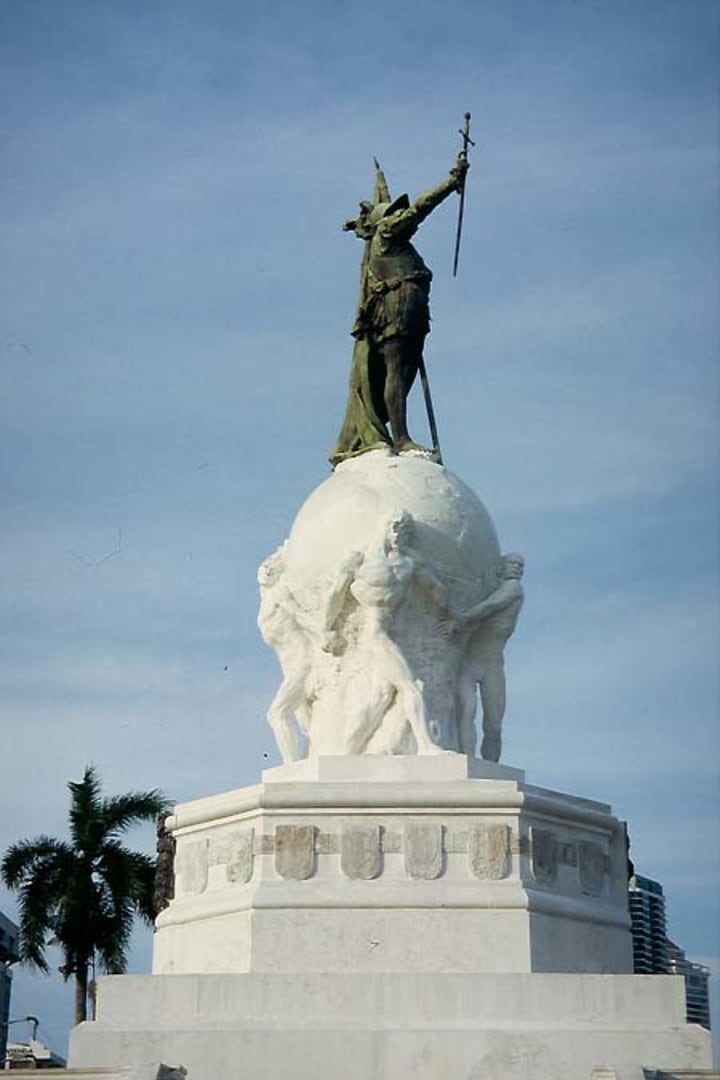
Balboa Statue is a well-known landmark in the city. It was sculpted by Miguel Blan and Mariano Benlliure. The statue overlooks the Bahia de Panama. It was a gift from Spain.
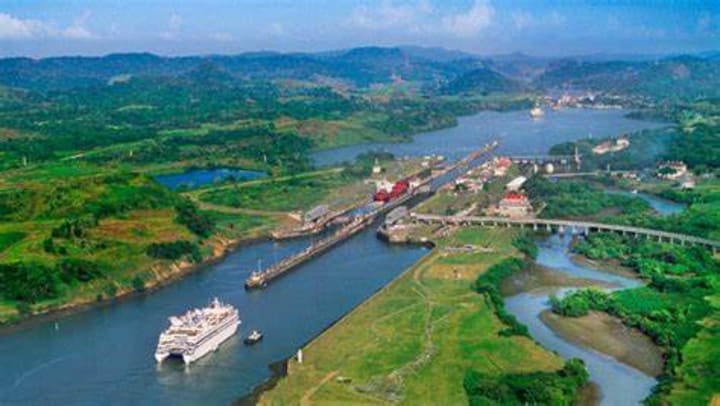
The Beauty of Panama
The Panama Canal is among the world’s greatest feats of engineering. Visitors have the choice of taking a partial or complete crossing of the canal. The crossing takes four to eight hours. Visitors can explore the canal by visiting the Miraflores Locks Museum. At the restaurant on top of the museum, you can watch the transiting vessels in the canal below.
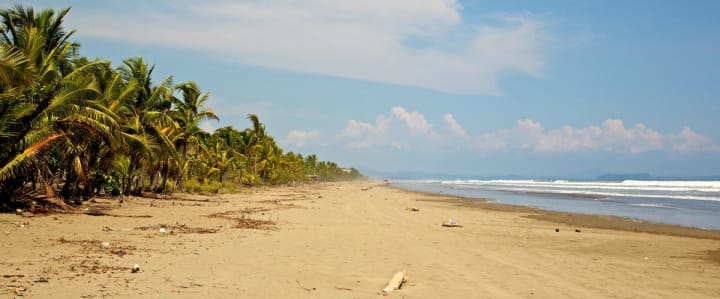
Playa Las Lajas is a lovely beach extending for over 13 km along the Gulf of Chiriqui on the Pacific Coast. There is little current and ideal water temperatures. People enjoy swimming and bodysurfing. At the end of the road, you’ll find rustic shacks and cheap restaurants.
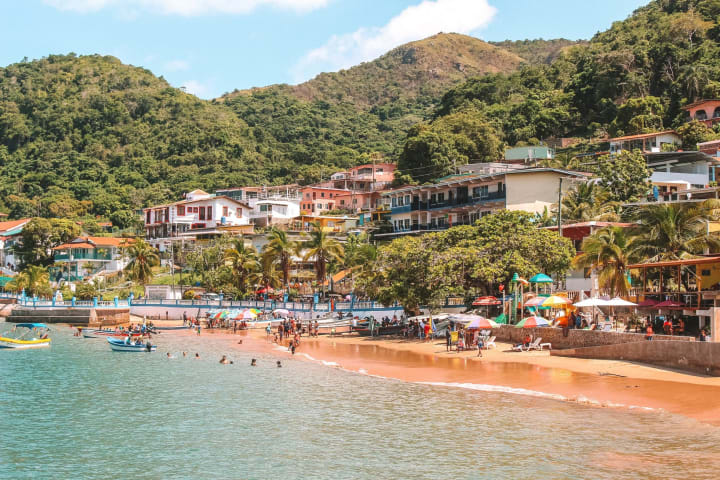
Isla Taboga located about 20 km from Panama City is a great place to find sandy beaches. People can ride Jet Ski speed boats and take fishing charters. This lovely village was settled by the Spanish in 1515. It is home to the second-oldest church in the western hemisphere. Wander the narrow streets and relax at the few restaurants. From the top of the island, you can get fantastic views of Panama City.
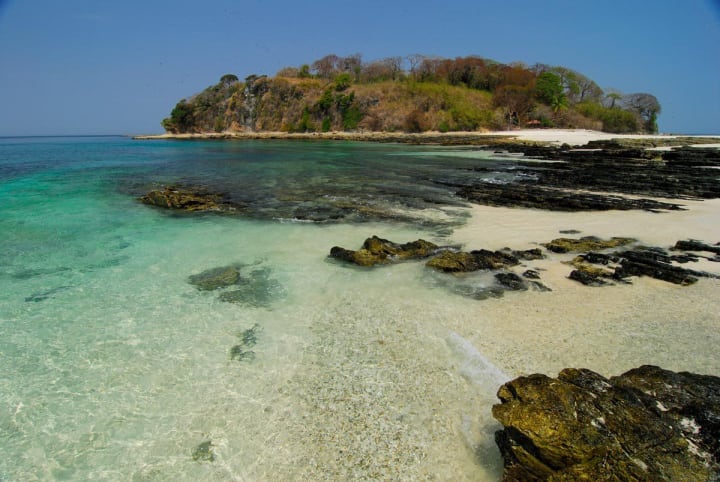
The Pearl Islands were populated by indigenous people until the Spanish Conquistadors came. These islands were featured on the reality TV show Survivor. Here you can find lush forests surrounded by white sand beaches. The most developed of the islands is Contadora Island with some resorts and an airstrip. Visitors can charter private yachts for cruising and exploring the islands.
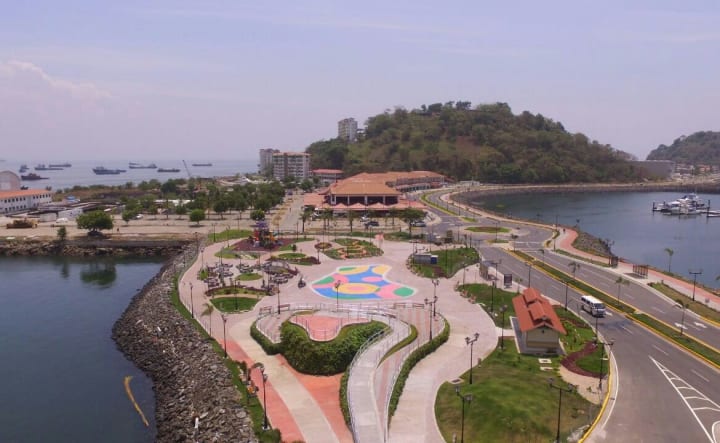
The Amador Causeway connects the three islands by the Panama Canal entrance to the mainland.
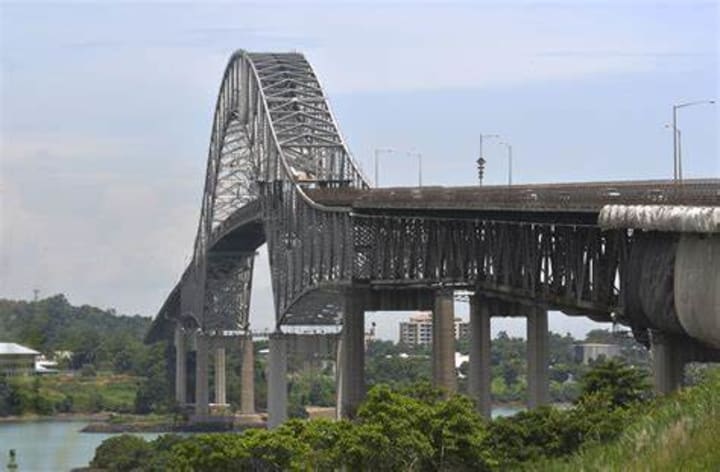
From the causeway, you can get great views of Panama City and the Bridge of the Americas. People enjoy jogging, biking, or rollerblading down the causeway.
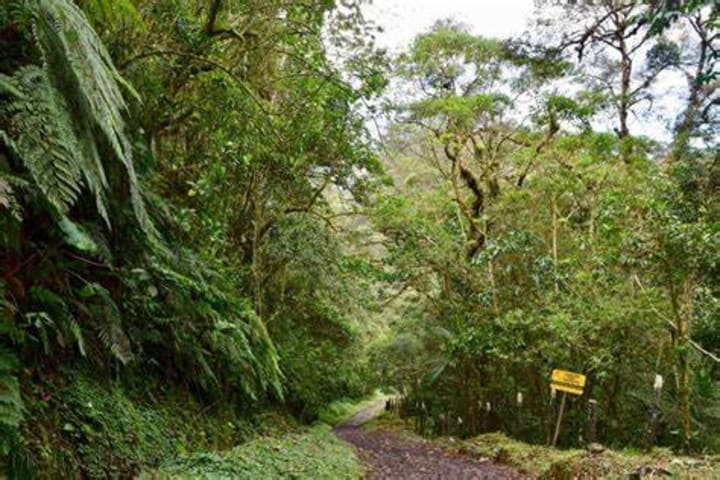
Near the small town of Cero Punto, you’ll find one of Panama’s most beautiful trails Sendero Los Quetzales. This is a 9 km route that takes between four to seven hours.

The trail takes you through the cloud forest of Parque Nacional Volcan Bari and follows along the Rio Caldera, crossing it several times. The trail ends in the mountains above Boquete and can also be hiked in reverse. It is recommended to hire a guide or join a tour.
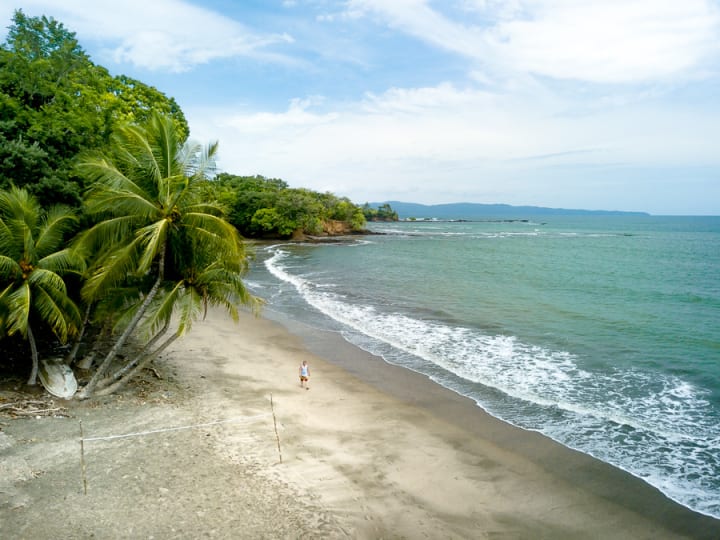
Santa Catalina offers world-class surfing. It is located in the Chiriqui Gulf. The lovely beach is surrounded by jungle forests.
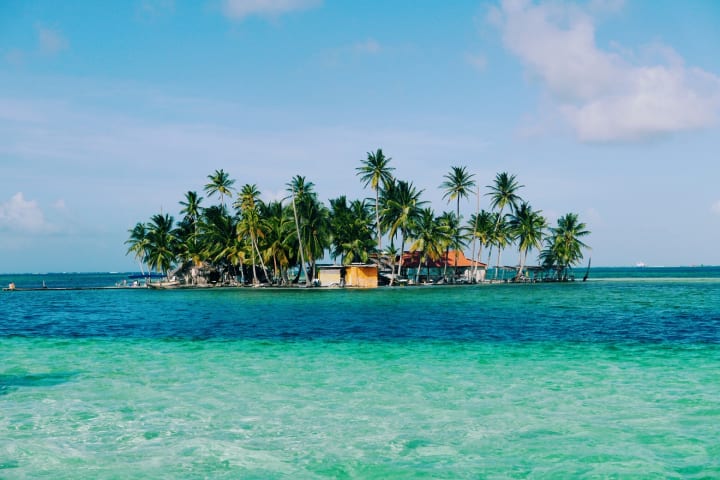
The San Blas Islands in eastern Panama are the best place to explore the rich culture of the indigenous people, the Kuna. You’ll find that they are friendly and welcoming. On each island, you’ll find a member of the tribe who will let you use the island for the day for a nominal fee.

The island of Coiba is the largest island in the Coiba National Marine Park as well as the largest in all of Central America. Here you can find over 800 species of marine life. This is one of the best places for snorkeling and scuba diving on the Pacific coast.
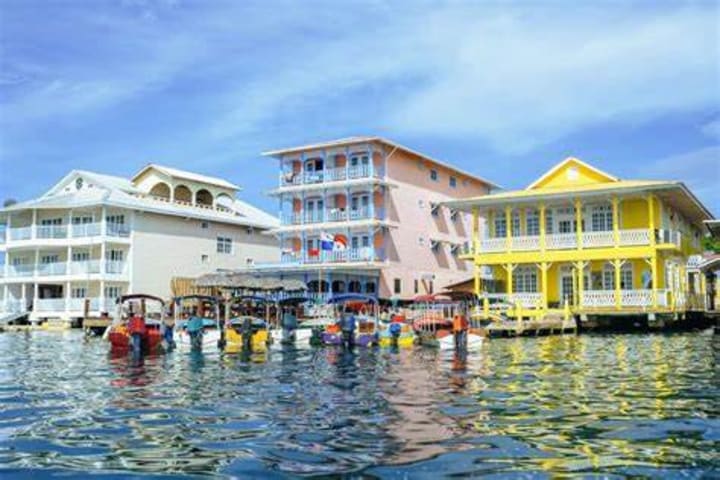
Bocas del Toro is the capital of the Bocas del Toro Province. It has become a popular spot for scuba divers. The coral reef is home to colorful tropical fish. It was discovered by Christopher Columbus in 1502 and has become one of the most popular tourist attractions in Panama. There are beaches and lush rainforests.
About the Creator
Rasma Raisters
My passions are writing and creating poetry. I write for several sites online and have four themed blogs on Wordpress. Please follow me on Twitter.


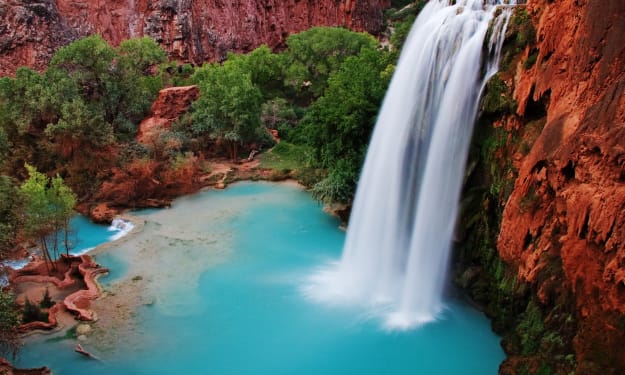



Comments
There are no comments for this story
Be the first to respond and start the conversation.